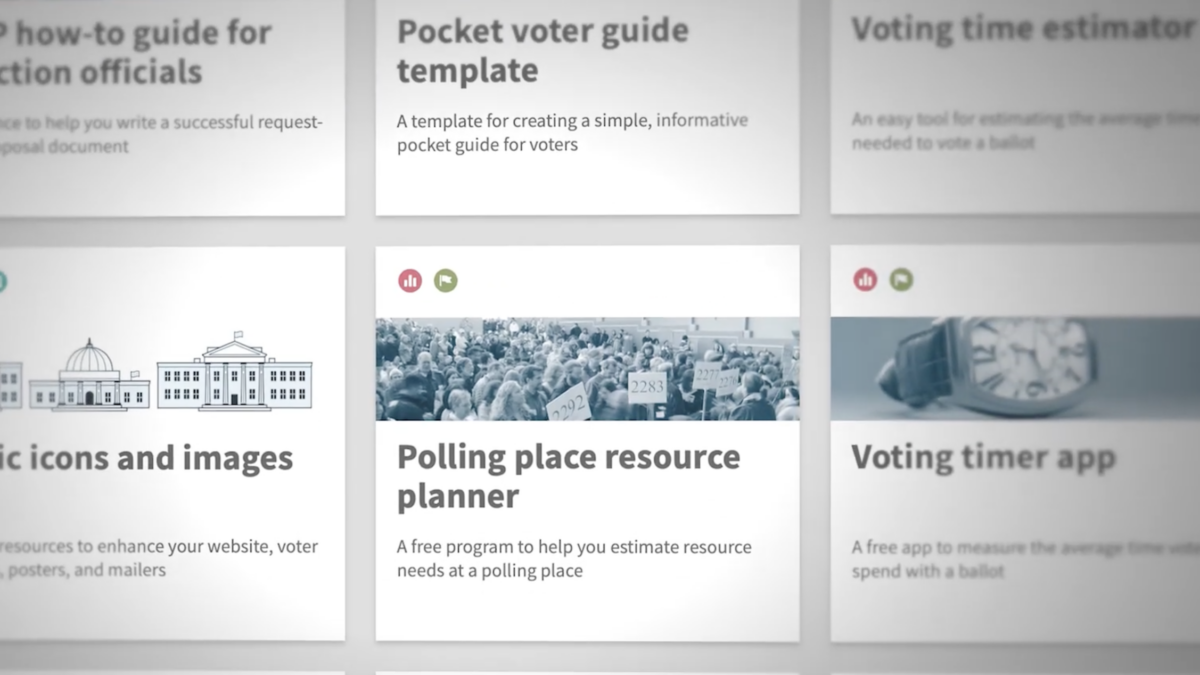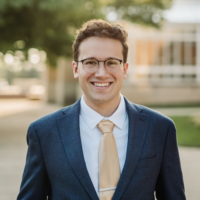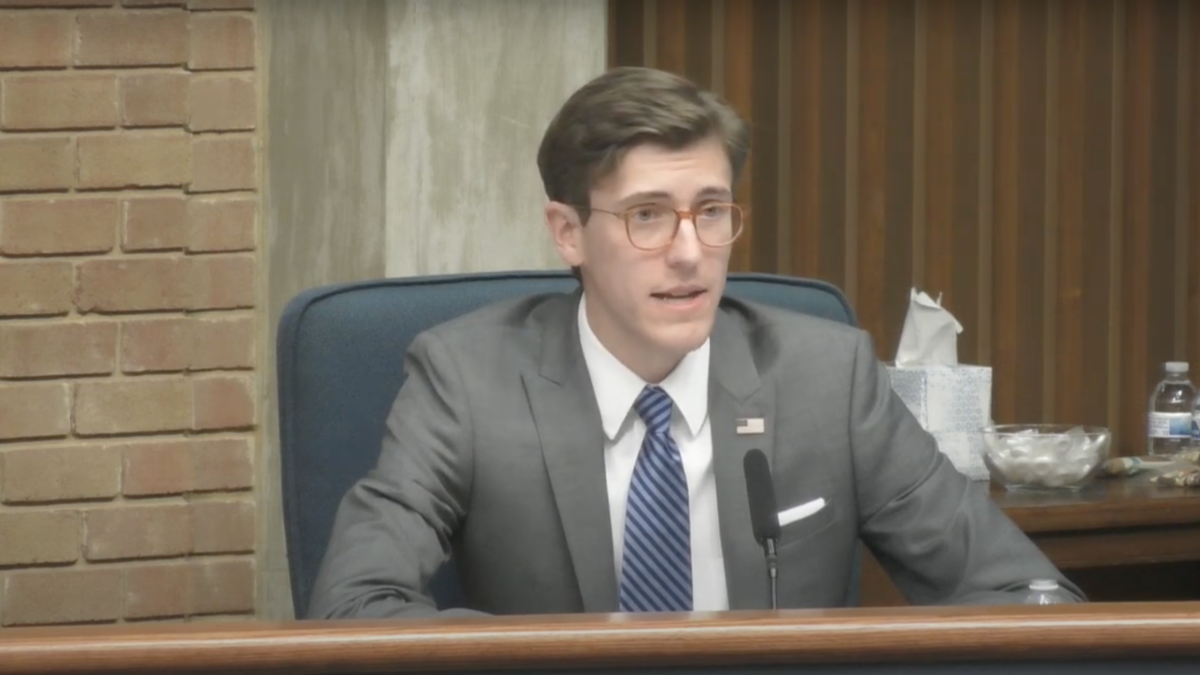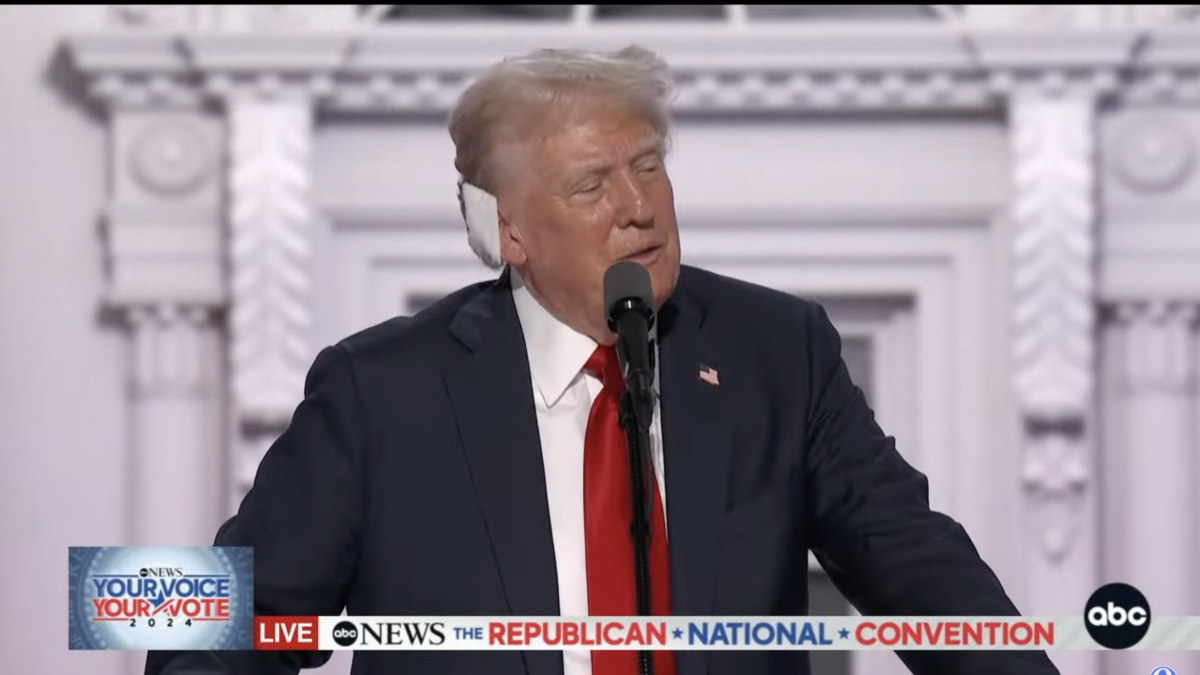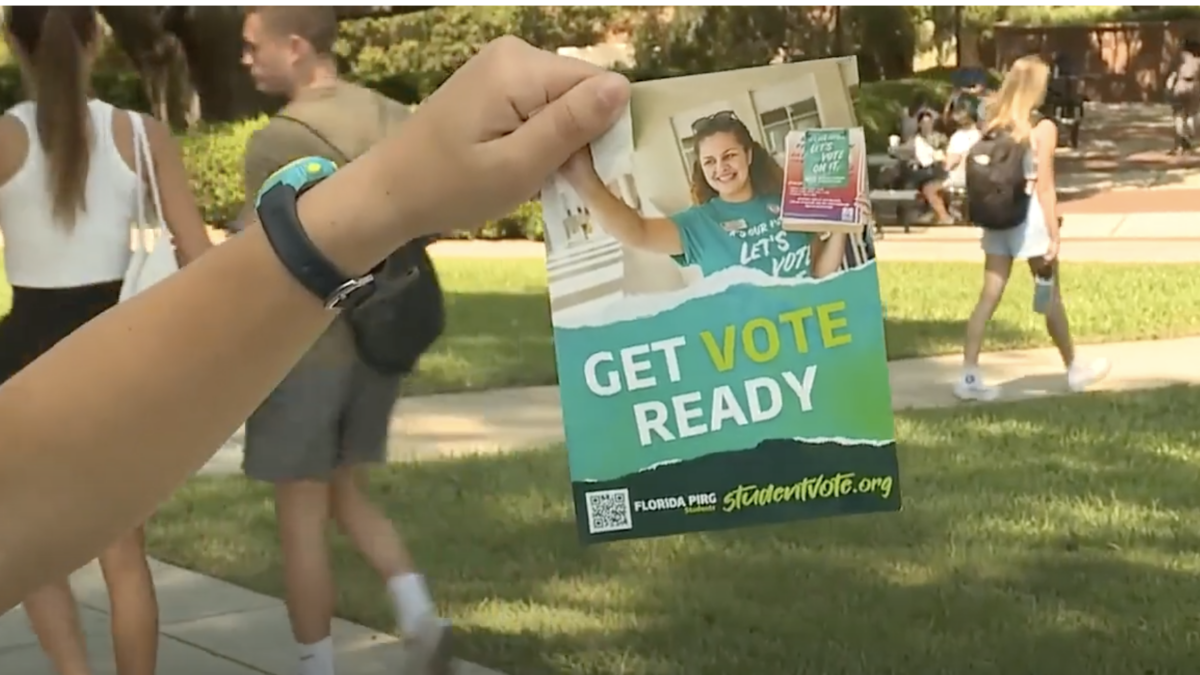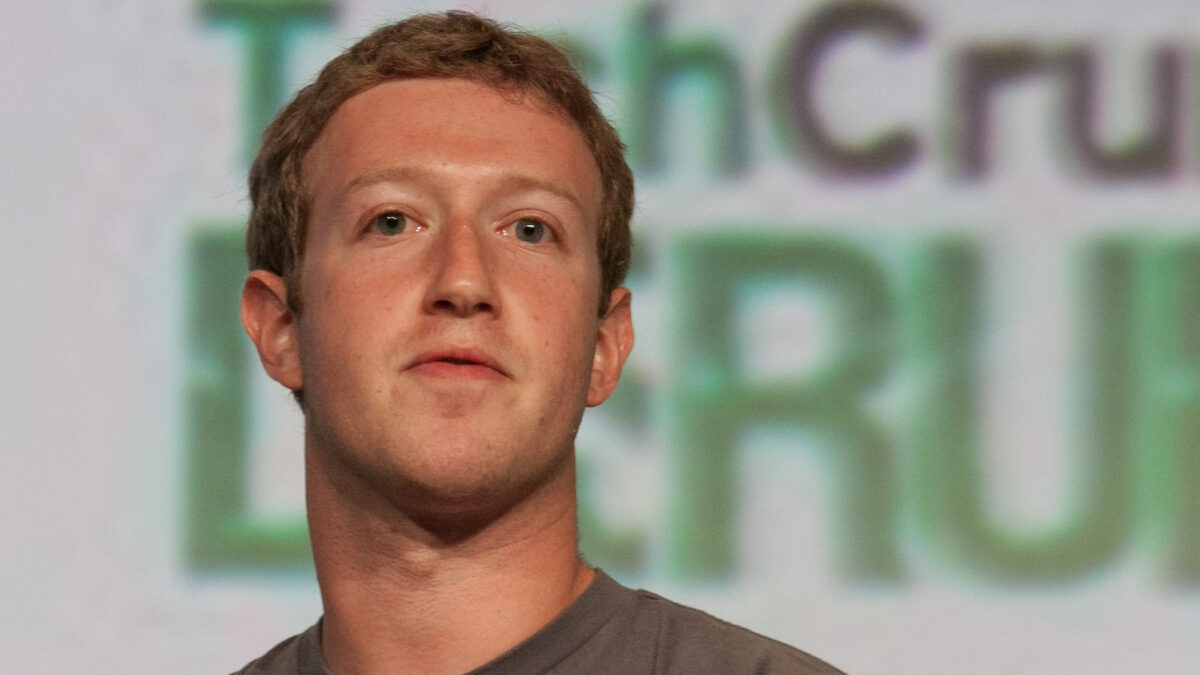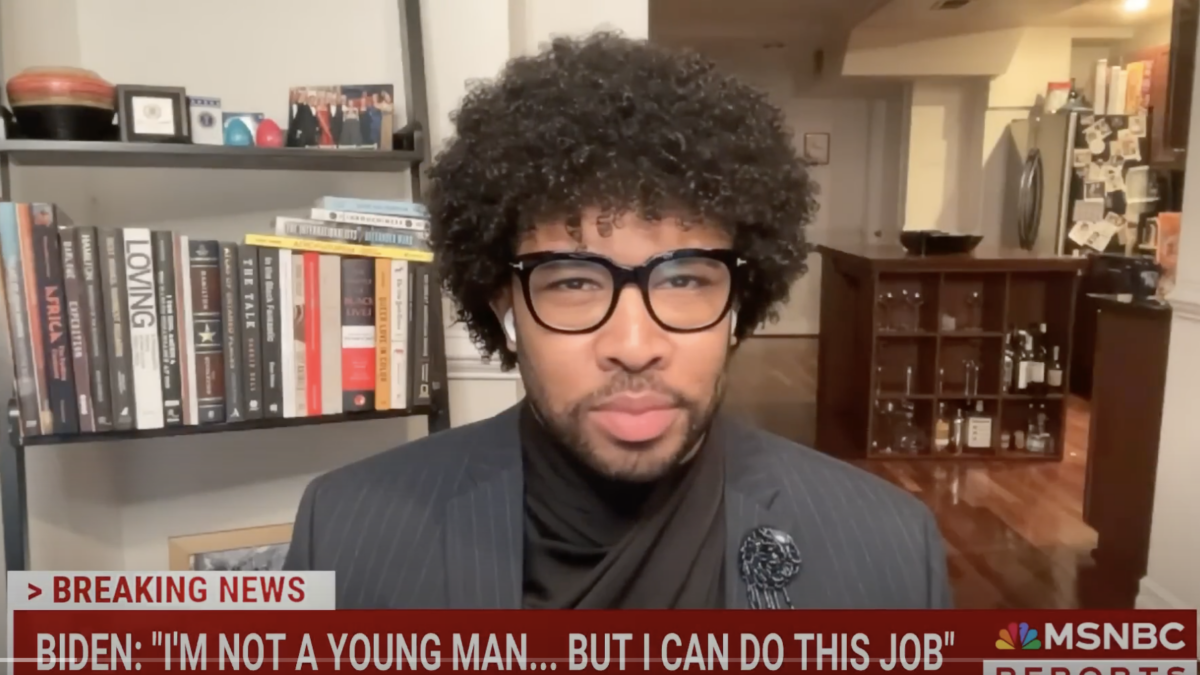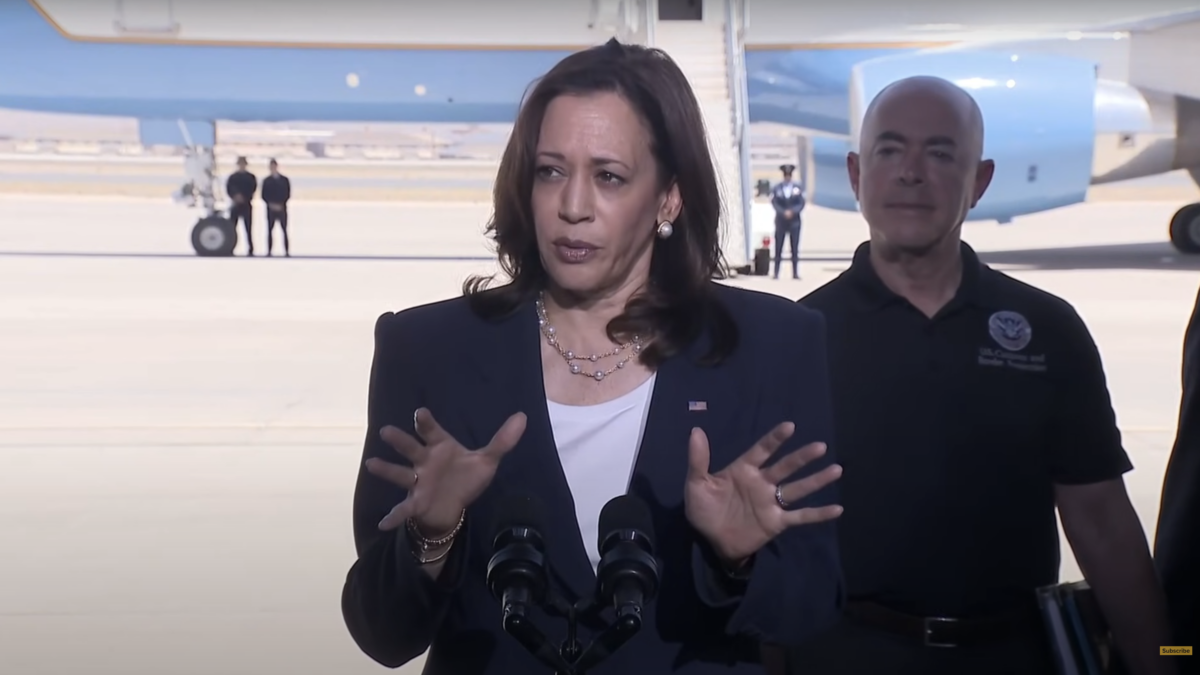More than half of states have passed laws banning or restricting the use of private money in elections, such as the hundreds of millions of dollars Meta CEO Mark Zuckerberg funneled through groups like the Center for Tech and Civic Life (CTCL) in 2020 to infiltrate local election offices. But CTCL is still doing its best to influence elections through the local election offices that will still listen.
In a series of webinars posted publicly on its website, CTCL lectured election administrators about how to work with left-wing “fact-checking” outfits to target disfavored speech about elections. The series also instructed administrators on how to “persuade” elected officials to align with their policy preferences and on “cultivating relationships” with friendly journalists.
“Policymaking has been deeply influenced by misinformation, and democratic norms are being threatened,” said CTCL Training Associate Christian Franco. “As a result, the list of every election official’s responsibilities is growing.”
CTCL presents itself as nonpartisan, but the organization is deeply tied to leftist groups. Its founders — Tiana Epps-Johnson, Whitney May, and Donny Bridges — came from the New Organizing Institute, which The Washington Post described as “the Democratic Party’s Hogwarts for Digital Wizardry,” according to InfluenceWatch. CTCL board members Tammy Patrick and Cristina Sinclaire have “strong ties to Democratic political operations,” and the group took nearly $25 million from the left-leaning New Venture Fund in the lead-up to the 2020 election.
‘Persuading’ Elected Officials and Working with ‘Allied Groups’
In 2021, after states started outlawing the use of private funds to conduct elections, CTCL launched an effort to get around those laws via its Election Infrastructure Initiative. The initiative is billed as “bringing together election officials, nonprofits, counties, cities, and states” to call for $20 billion in congressional funding for election offices over the next decade. The group’s Advocacy Director Keara Mendez, formerly Keara Fenzel, said the initiative’s goal is “ambitious.”
“We know that this will still require additional advocacy at the state and local level for us to fill everyone’s budget gaps,” Mendez added.
How convenient that CTCL has been lecturing election administrators on how to do just that kind of advocacy!
In one of the webinars, Franco said administrators should build influence with elected officials in their jurisdictions.
“During this initial contact, you aren’t necessarily trying to persuade public officials to support or go against any specific legislation,” Franco said. He recommended hosting election office tours to showcase “bipartisan” staff, the signature matching process, and security measures. Franco said administrators should also work to build connections with “advocacy organizations” and state associations.
“Finding allied groups can help you design outreach strategies, hire lobbyists, build partnerships, raise funds, [and] conduct trainings,” Franco said.
What kind of “allied groups” work with CTCL? The organization’s partners include left-wing groups like the Democracy Fund and Rock the Vote. The National Vote at Home Institute, another left-wing ally that also has leadership ties to CTCL, even accessed Wisconsin absentee ballots and helped shift Michigan policy in the 2020 election.
Election administrators can “educate” elected officials by providing expertise, offering feedback on legislation, and asking questions, according to CTCL Senior Project Manager Josh Simon Goldman. But he also explained how election offices can “persuade” people’s elected representatives.
“You can think of persuading as motivating public officials to support your stance, or move them towards even a neutral standpoint, limiting their opposition,” Goldman said. “Sometimes the facts aren’t enough.”
Fighting Disfavored but ‘Accurate Information’
Goldman said legislators are hearing “misinformation” from people who are not election “experts.”
“That’s not good for you, your office, your voters, or our democracy,” Goldman said. “You should have a say and work with fellow election administrators to make an impact.”
Despite CTCL’s partisan ties and questionable involvement in elections, the group apparently feels it is qualified to lecture on “malinformation.” Kurt Sampsel, then-senior project manager for CTCL, spoke in another online course about who he thinks deserves blame for the spread of false information.
“Trump’s statements on voting by mail, voter fraud, and whether or not he’ll accept the results of the election have had the effect of undermining confidence in our democratic processes on just a bigger scale than we’ve ever seen before,” Sampsel claimed.
He blamed the spread of false information on “information operations,” and explained the need to target not just “misinformation” and “disinformation” but true statements that are nonetheless dubbed “malinformation.”
“Malinformation is actually accurate or truthful, but like disinformation, it’s distributed with the intent to cause harm,” Sampsel said. An example of malinformation, he said, “would be to highlight cases of voter fraud or election irregularities with the implication that this is a really common, widespread problem.”
Sampsel claimed well-intended Americans are guilty of spreading false information.
“It could also be a social media campaign that uses accurate information about an example of voter fraud or election fraud to intensify support for a candidate whom the target audience may already support,” Samples continued.
Sampsel described malinformation as anything from hacking or cyber warfare to WikiLeaks or “if a voter discourages participation on Election Day by simply tweeting a photo of a really long line at a polling place.”
Emma Llansó, director of the Free Expression Project for the Center for Democracy and Technology at the time, blamed Americans for what she called misinformation and disinformation “influence operations.”
“Ordinary voters are guilty of circulating unverified rumors or myths about voting,” she said. “Many of the influence operations you’ll find on social media channels are created by domestic actors motivated by partisanship.”
Rocío Hernandez, a CTCL program manager, explained how to control the narrative on social media with “fact checking” groups.
“With these fact checking organizations, you can tag them in social media posts that you see, report false content to them, and of course you can review their fact checks to verify or debunk questionable information,” Hernandez said.
She also described ways administrators can influence media coverage, encouraging them to cultivate relationships with journalists.
“In the event of a viral election myth circulating in your area, it’ll be great to have someone in your local press who you already know,” Hernandez said.
Hernandez also recommended connecting with bilingual outlets, saying “that can go a long way in terms of reaching more linguistically diverse audiences.” Cities in Wisconsin used CTCL funds to target “voters of color” with an information campaign during the 2020 election.
Another presenter, Yangmee Lor from the Adams County, Colorado, clerk’s office, went even further, encouraging election offices to “build inclusive, empowering connections” with “communities of foreign language.”
“And that also allows you to reflect on where your organization is in regards to diversity and inclusivity,” she added.
Goldman emphasized that he thinks administrators should have more power.
“The bottom line, you are an expert,” Goldman said. “You are an election official, community leader, source of truth, steward of democracy, a public official in your own right.”
